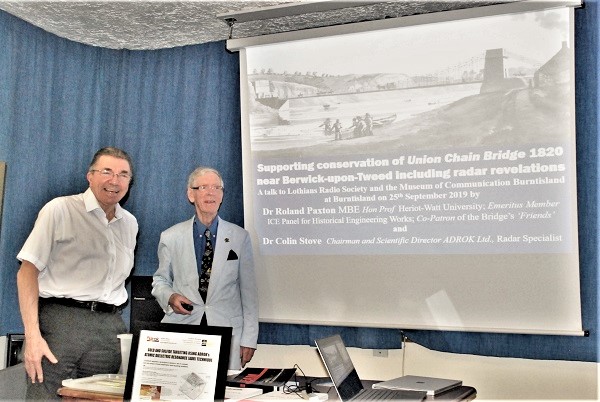
Dr Colin Stove of Adrok Ltd (L) and Professor Roland Paxton MBE (R)
This was the annual joint meeting with members of the Museum of Communication, at the museum in Burntisland. Introduced by Prof. Tom Stevenson of the MoC, the speakers talked about the use of modern RADAR technology in the conservation of the historic Union Chain Bridge (1820) over the River Tweed near Berwick on Tweed.
There is a nice background article on Prof Paxton and an introduction to this project in the Royal Society of Edinburgh (RSE) journal Resource, Spring 2019, pp. 12-13 (click)
See also final itvNEWS report in Nov 2023- click
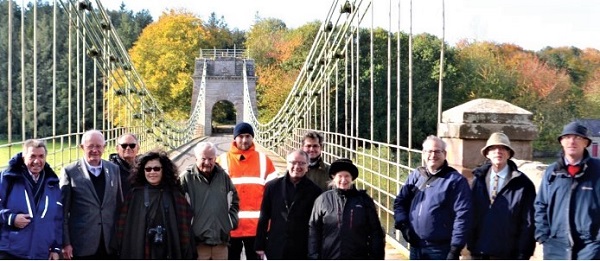
The speakers with members of the American Society of Civil Engineers during a visit in October 2018.
Photo courtesy RSE.
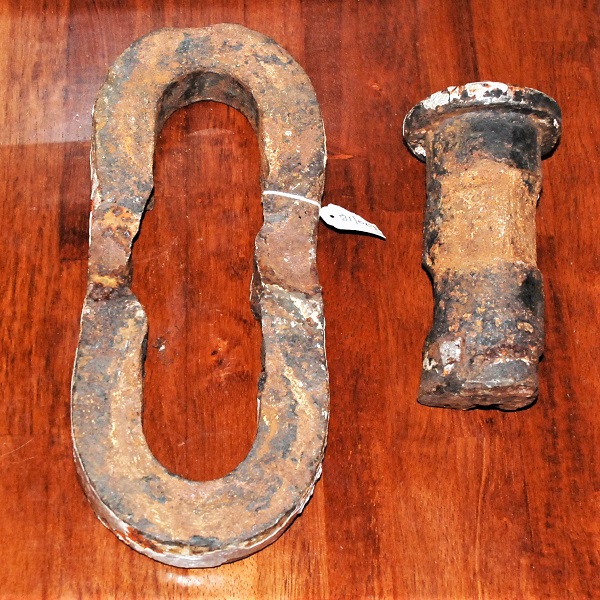
Examples of a wrought-iron link and pin from the Union Bridge, shown at the meeting.
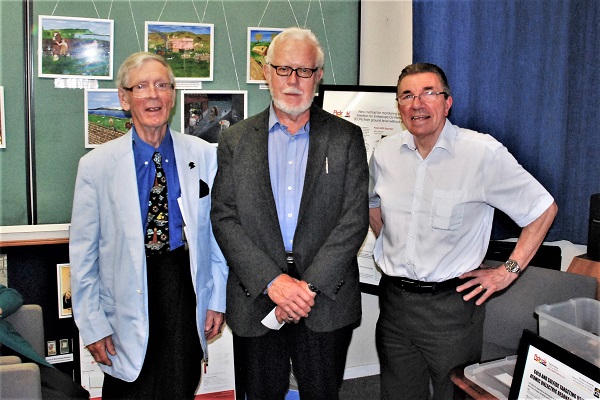
After their presentations, the speakers were thanked by LRS President, Alan Masson GM3PSP.
============================================================
Many thanks to Prof. Paxton for providing his slides for the first part of this report.
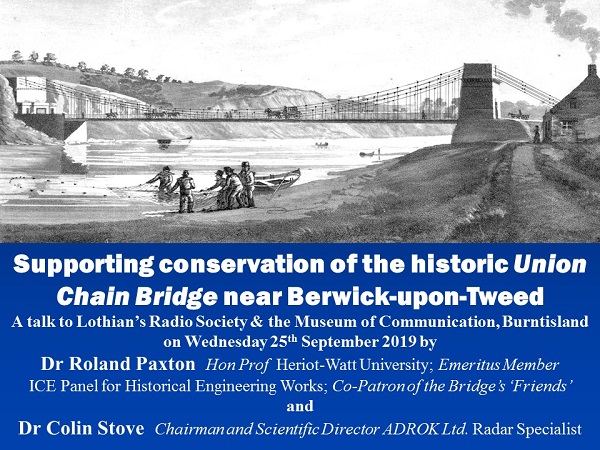
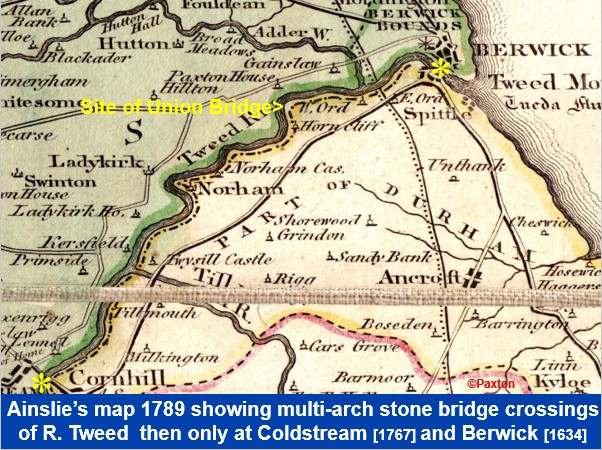
The Union Chain Bridge, built in 1820, is just a few miles upstream from Berwick on Tweed.
It was the first built with wrought-iron chains. Previous bridges were built with stone.
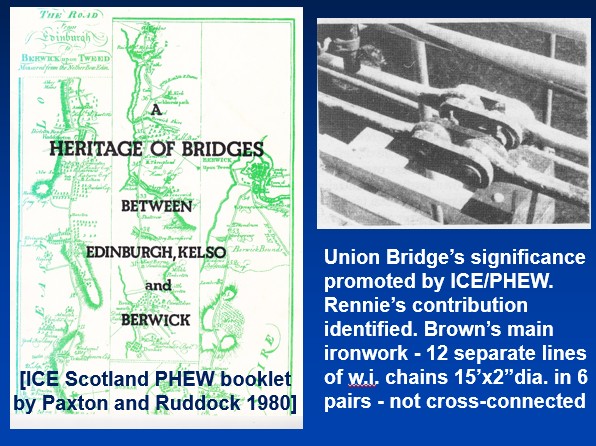
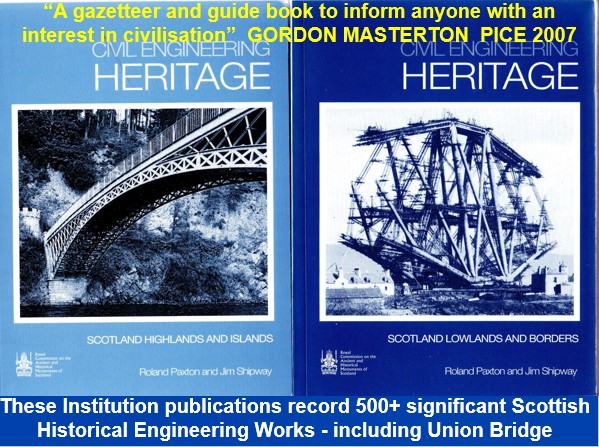
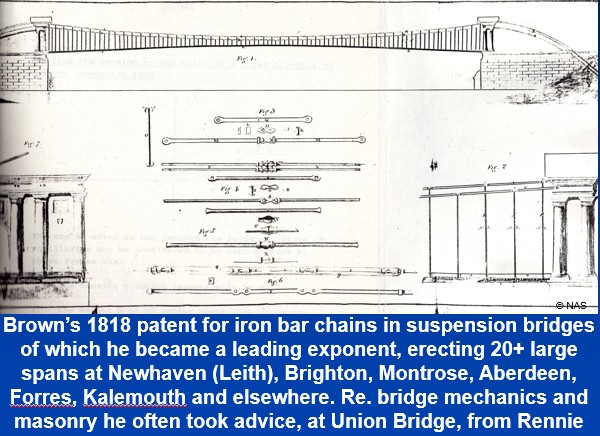
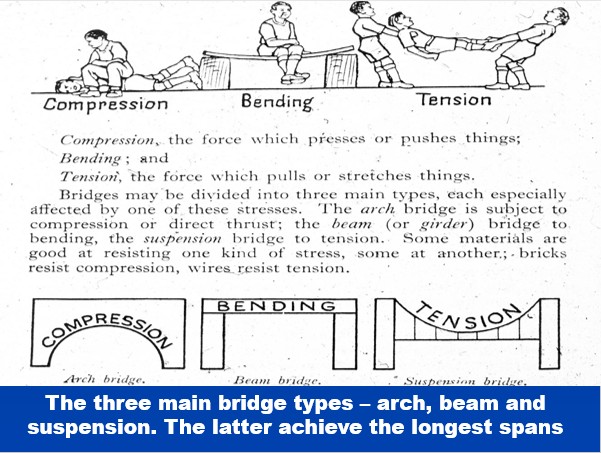
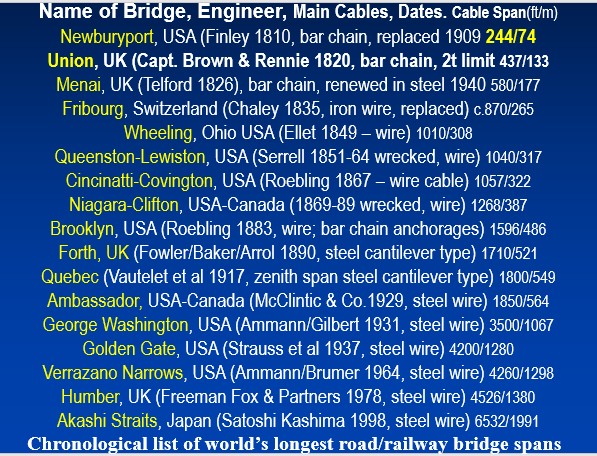
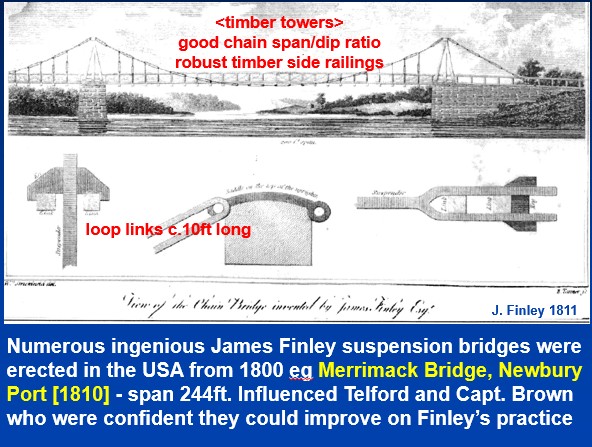
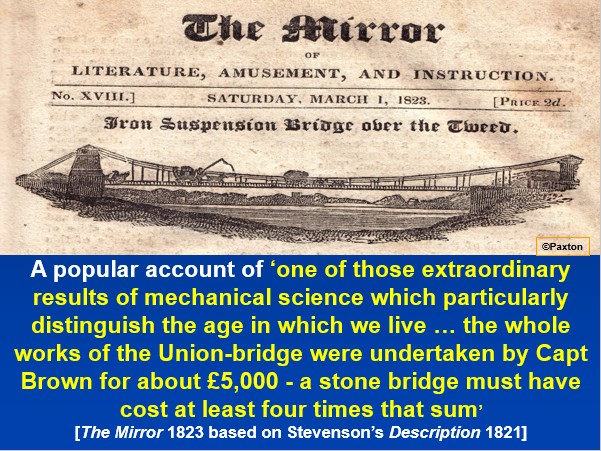
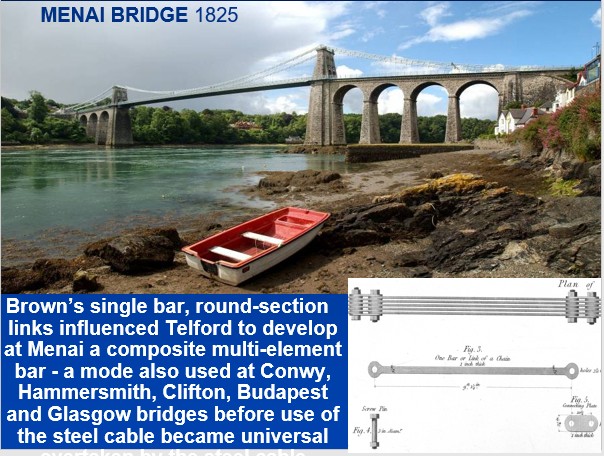
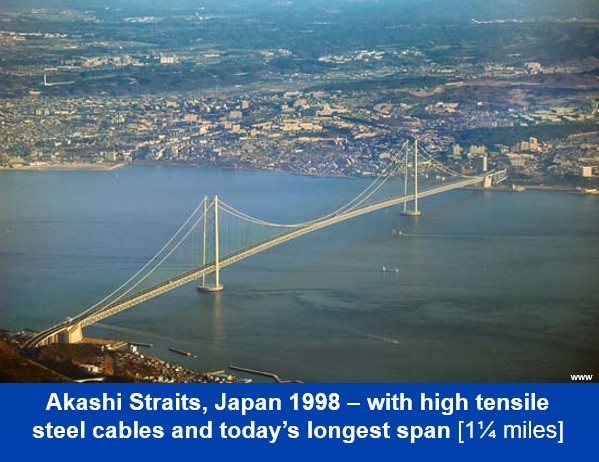
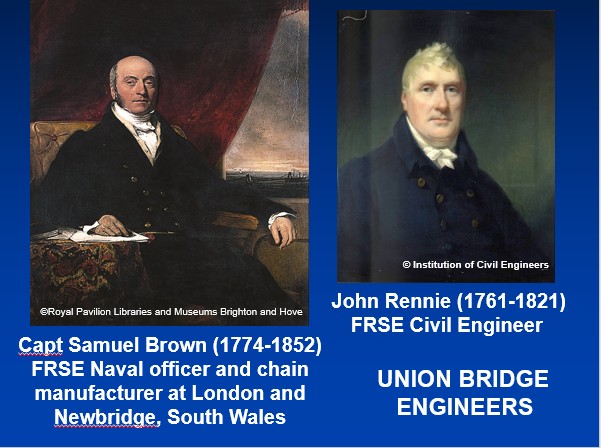
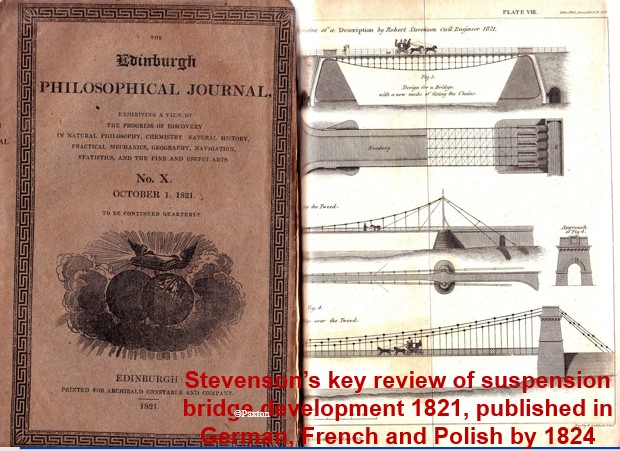
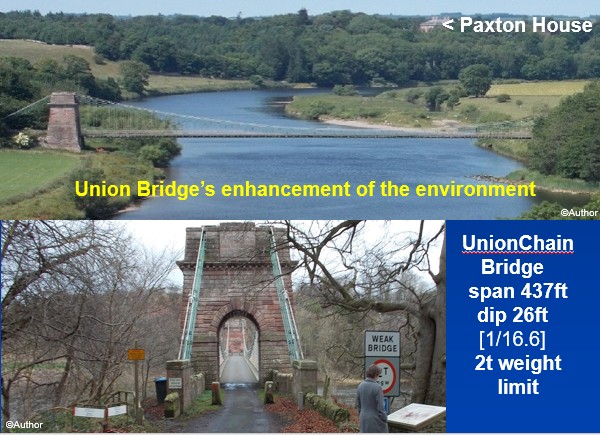
The Union Chain Brirdge is now weakened after 20 years of use and has a single-vehicle / 2-ton limit.
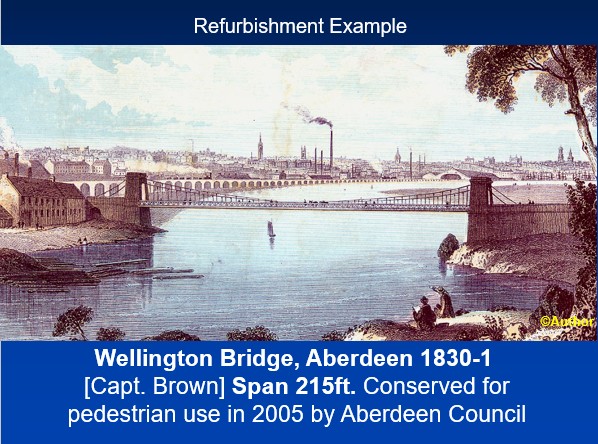
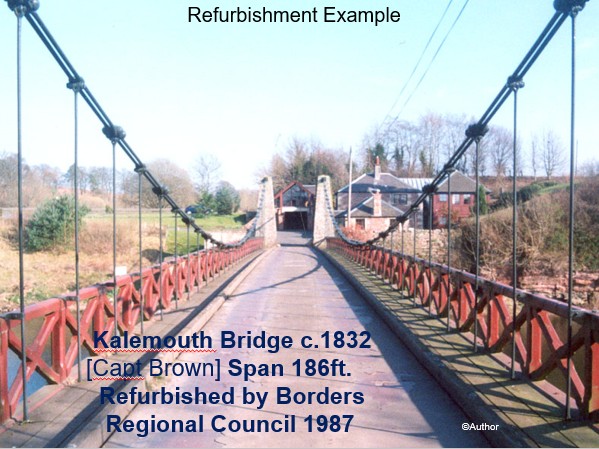
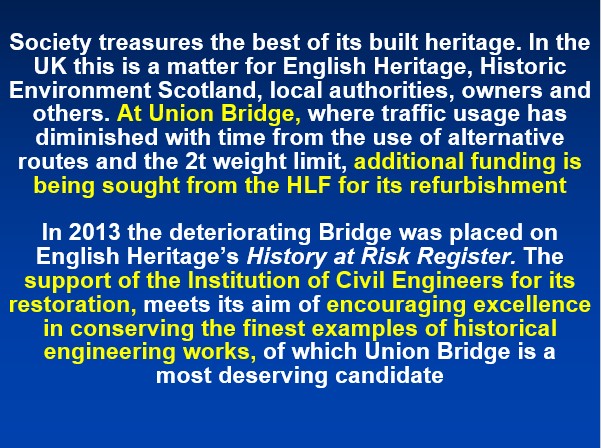
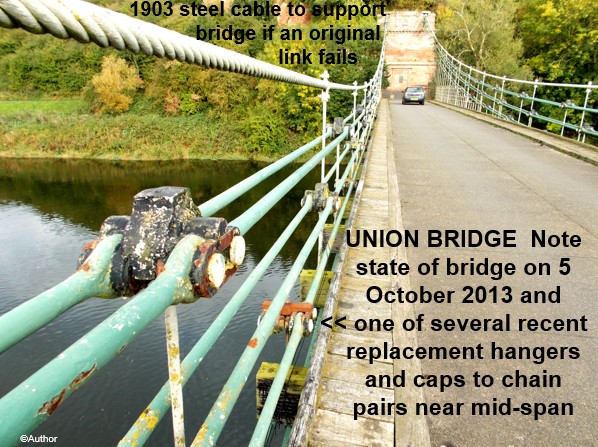
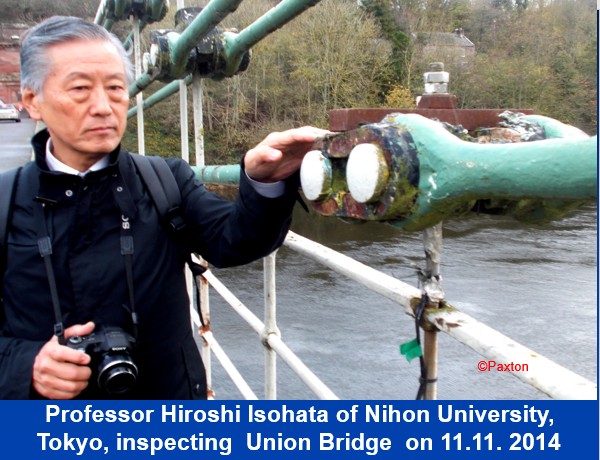
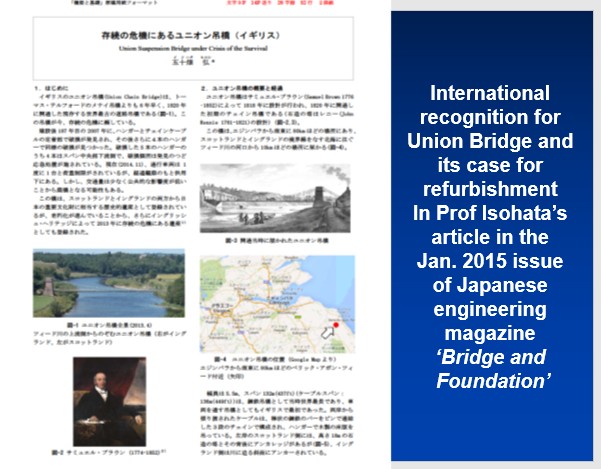
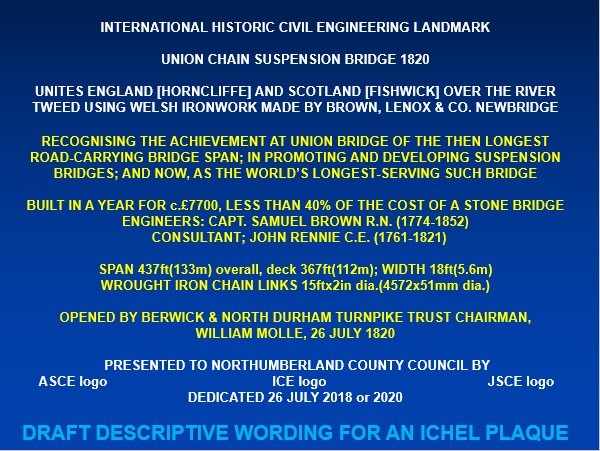
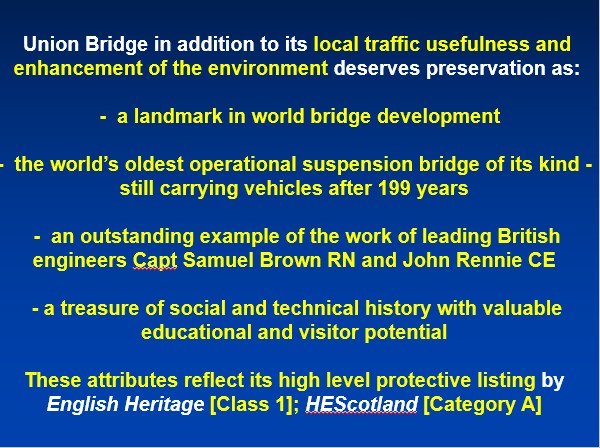
In conserving The Union Chain Bridge a problem is that the details of the underground foundations for the chains are not known. This is where RADAR can help.
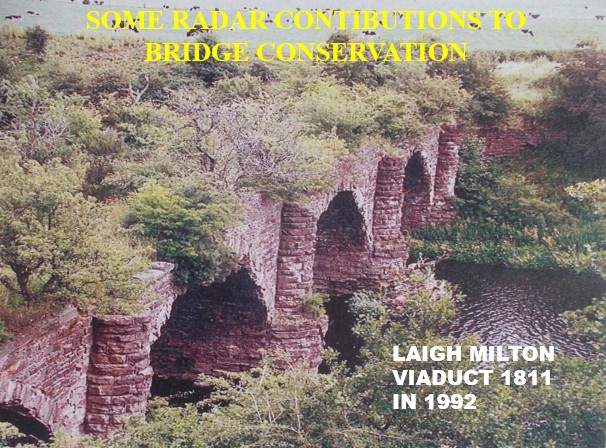
A similar problem with the Laigh Milton Viaduct in Ayrshire, built in 1811, was addressed in 1992 using conventional Ground Penetrating Radar (GPR).
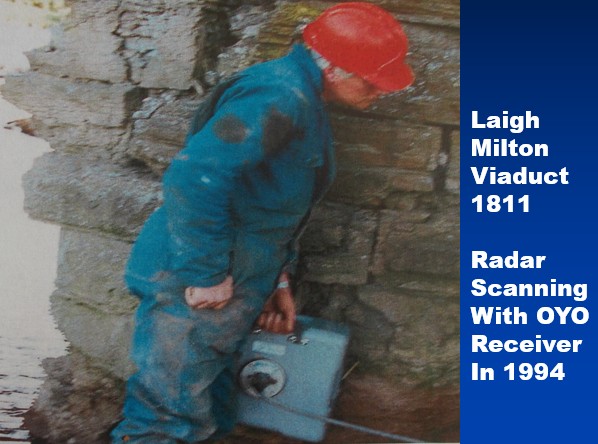
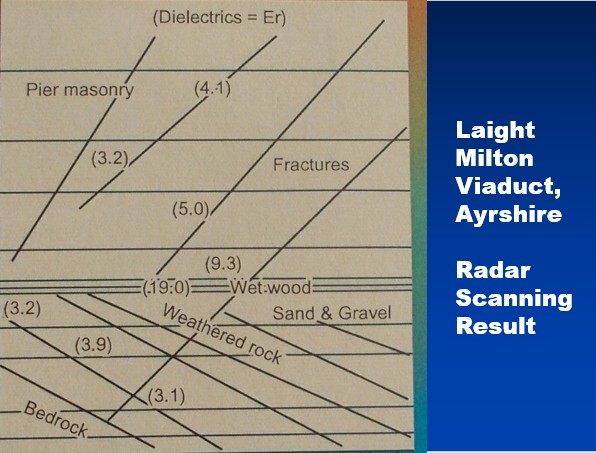
The GPR produced this image of the various strata under the Viaduct.
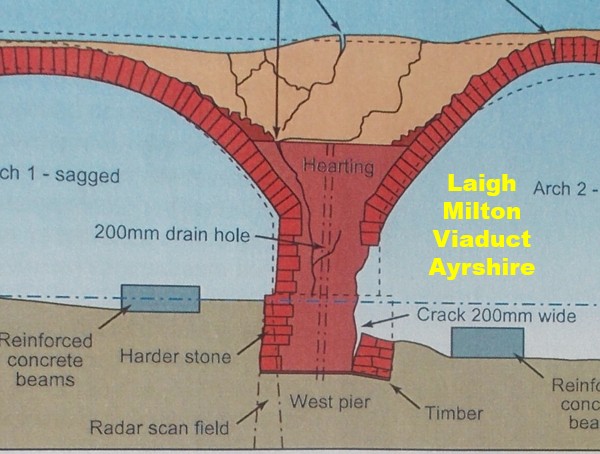
Serious faults had developed in the bridge supports.
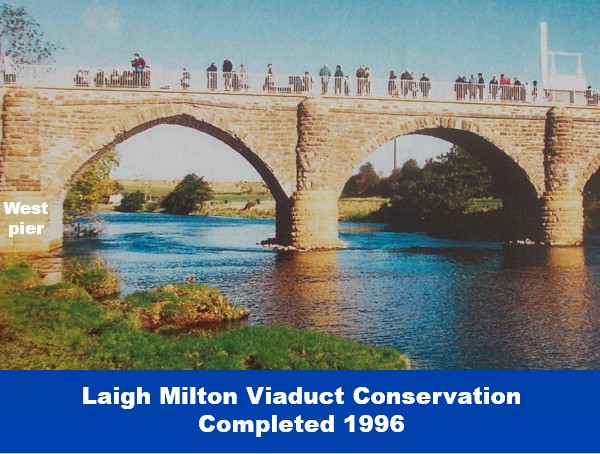
Thanks to the use of this GPR work full conservation of the Viaduct was achieved.
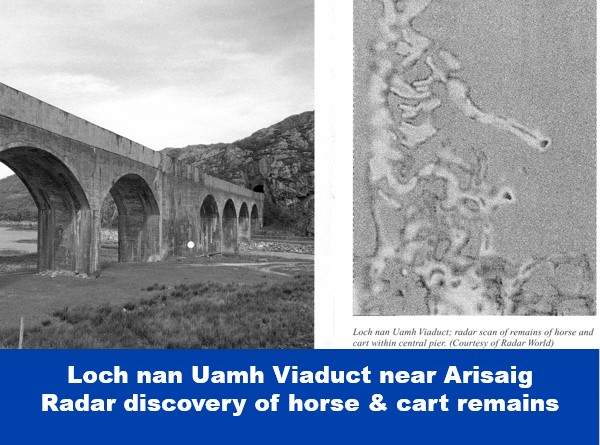
Amazingly, GPR was able to detect the remains of a horse and cart at the Uamh Viaduct near Arisaig.
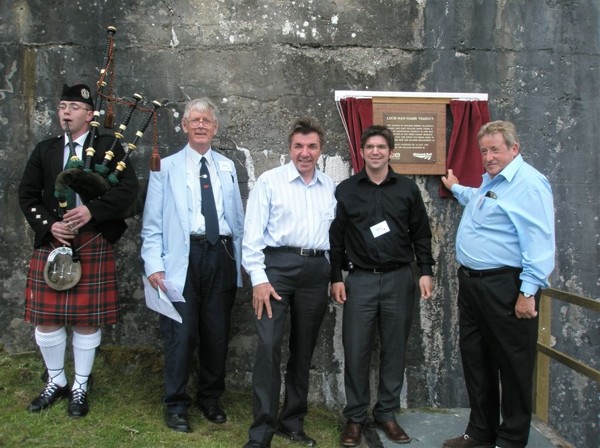
Prof Paxton (2) and Dr. Stove (3)
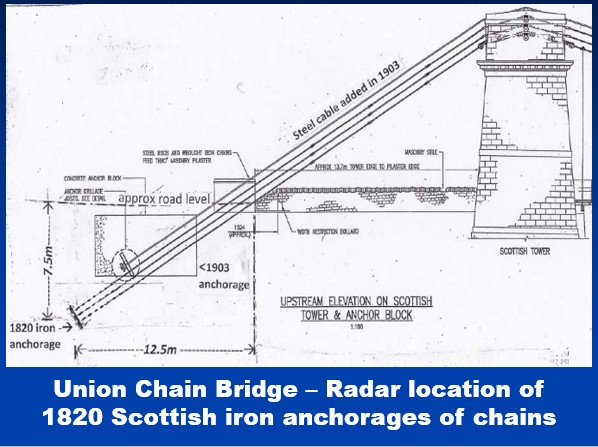
Unfortunately no original drawings remain from 1820 of the Union Chain Bridge foundations.
This is where the use of a modern High Resolution Radar Spectrometer from Adrok Ltd was employed.
============================================================
This was described by Dr Stove.
Building upon the existing technology of Ground Penetrating Radar (GPR), Dr. Stove and his colleagues at Adrok Ltd have developed an advanced system for underground imaging using Masers. This was driven in part by a recommendation from no less a person than Prof. R.V. Jones of Aberdeen University to make it not 10 times better but 100 times better!
By using a pair of oscillators in sync it is possible to map the images and identification of layers to depths of 1-2km. This enabled the imaging of the underground cable anchor plates built in 1820 & 1903, to facilitate restoration.
A nice overview of the system is given in a video on the Adrok website. Click on “Watch Our Video”.
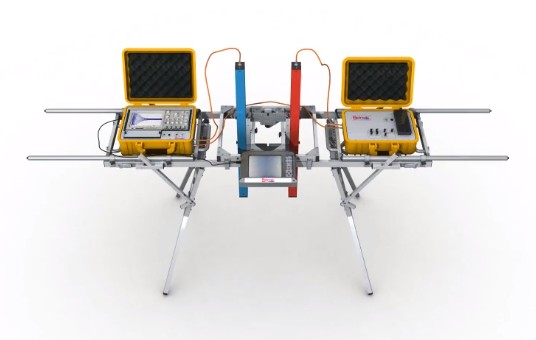
The Adrok scanner. Photo courtesy Adrok Ltd.
============================================================
Book cover (Oct 2020):
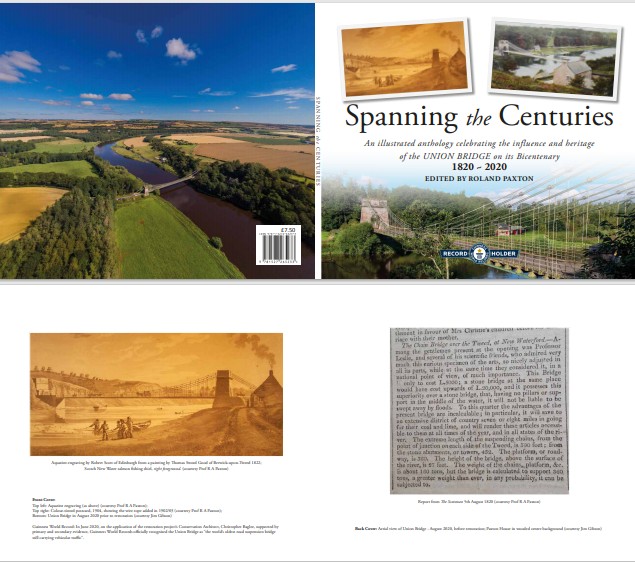
Flyer for book (Oct 2020):
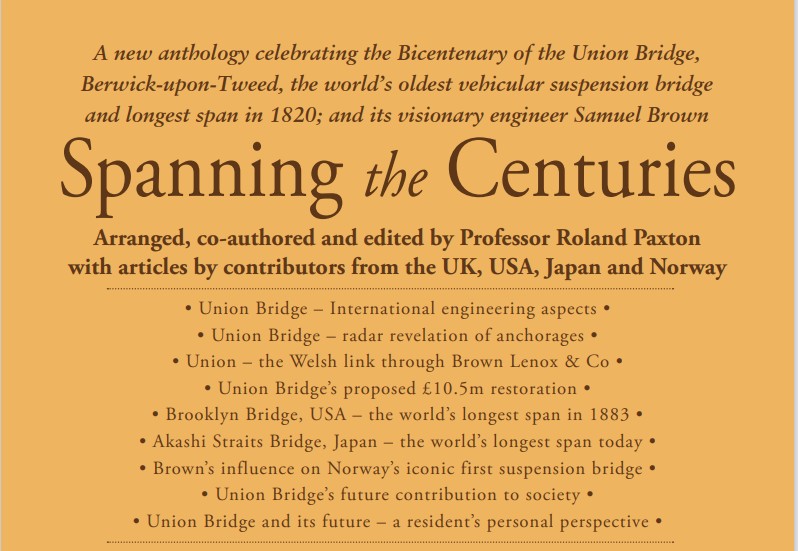
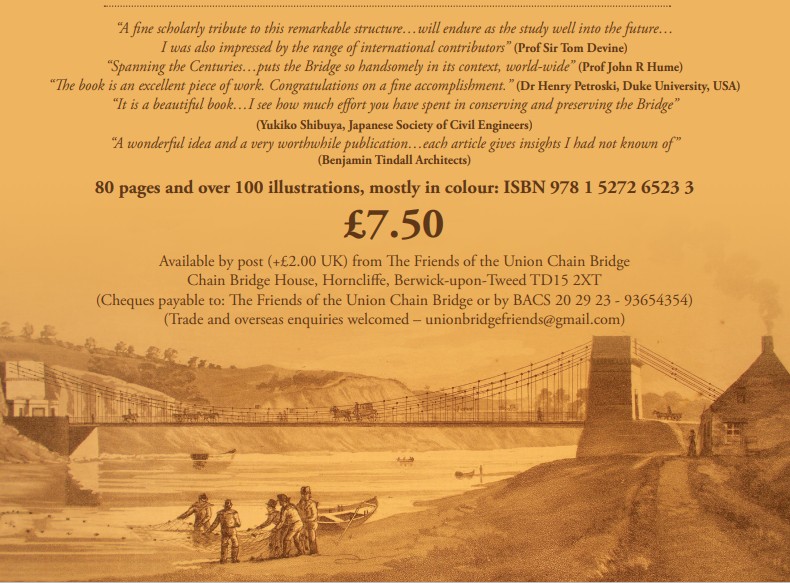
The book is also available at Edinburgh Books in the West Port and on Abebooks.com.
